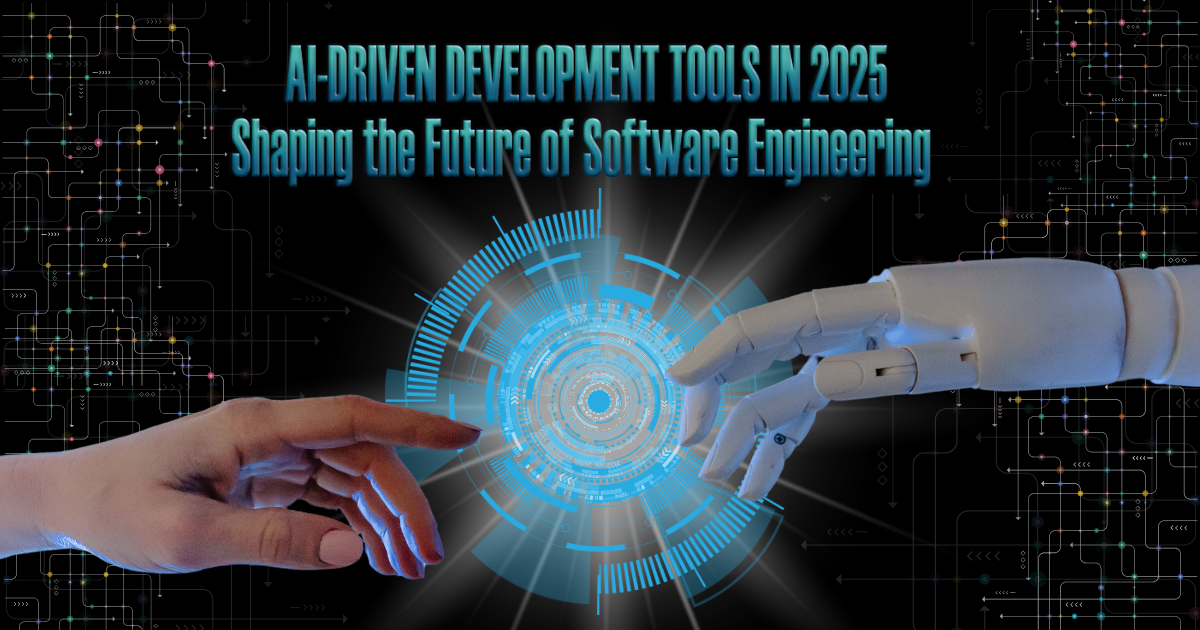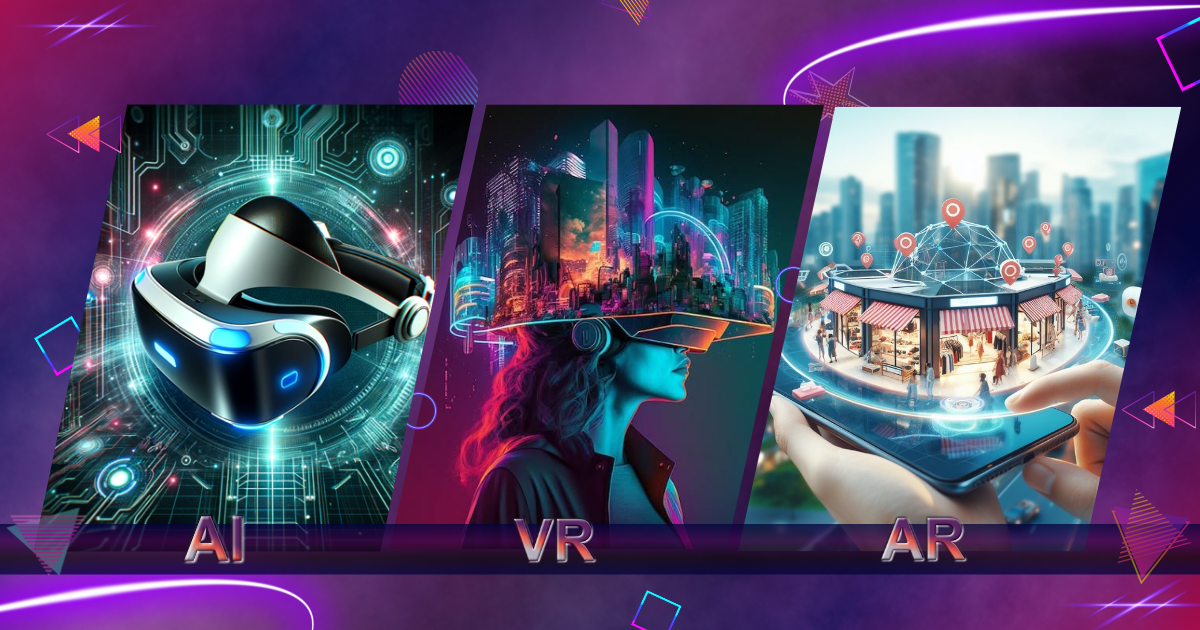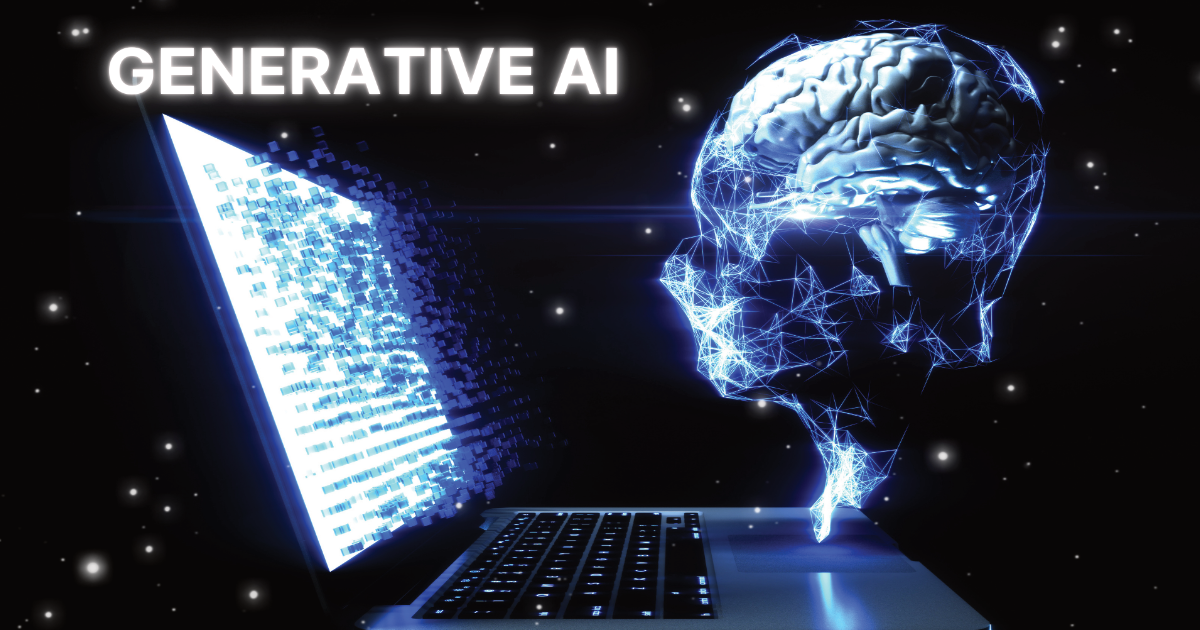
In recent years, artificial intelligence (AI) has become a buzzword across multiple industries, with significant advancements reshaping the way we live and work. One of the most transformative areas of AI is Generative AI. This type of AI isn’t just about learning patterns and making predictions; it goes a step further by creating new, original content. From writing text to generating images, audio, and even videos, Generative AI opens up possibilities that were once the stuff of science fiction.
As a professional SEO specialist, understanding Generative AI and its capabilities is crucial. Not only does it have the potential to revolutionize content creation, but it also offers SEO opportunities that can drive traffic and enhance your digital marketing strategies. In this article, we will explore the different aspects of Generative AI and how it can be harnessed for professional purposes, all in a way that is easy to digest.
What is Generative AI?
Generative AI refers to a branch of artificial intelligence that focuses on creating new content based on input data. Unlike traditional AI systems that analyze and interpret existing data, generative AI systems can generate completely new data—whether it’s text, images, or even music. These systems rely on machine learning models, which are trained on large datasets to understand patterns and relationships within the data. Once trained, they can “generate” new and unique outputs that mirror the data they’ve learned from.
Think of it like this: If traditional AI is like a sponge that absorbs knowledge and gives back what it knows when asked, Generative AI is more like a creative artist that takes what it’s learned and produces something new, something that didn’t exist before.
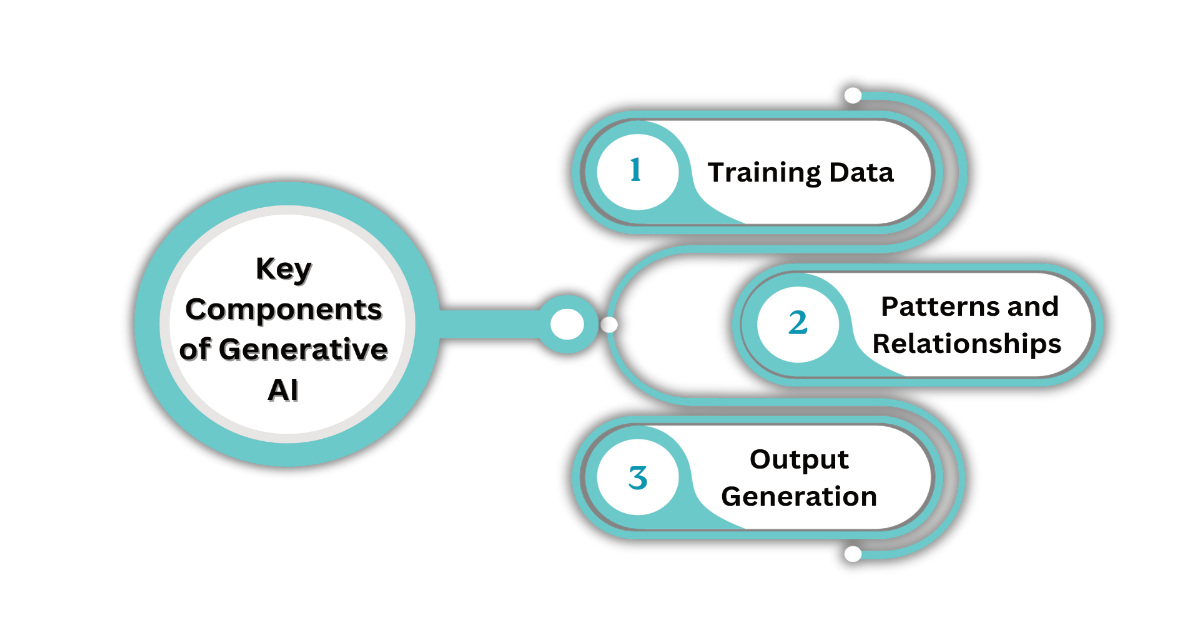
Key Components of Generative AI
Generative AI relies on several key elements to function. Understanding these can help demystify how it works without diving too deeply into technical terms:
1. Training Data: Generative AI models are trained using vast amounts of data. This could be text from books, articles, and websites for a text-generating AI, or it could be images, sounds, or videos for other types of content generation. The larger and more diverse the data, the better the AI becomes at generating accurate and relevant content.
2. Patterns and Relationships: Once the AI has ingested the data, it begins to recognize patterns and relationships. For example, if it’s trained on millions of blog posts, it will learn how blog posts are typically structured, what topics are commonly discussed together, and what style of language is used.
3. Output Generation: When the model is prompted, it uses the patterns and relationships it has learned to generate new content. For instance, you could give a text-generating AI a topic, and it will write an article on that topic using the style and structure it has learned from the data.
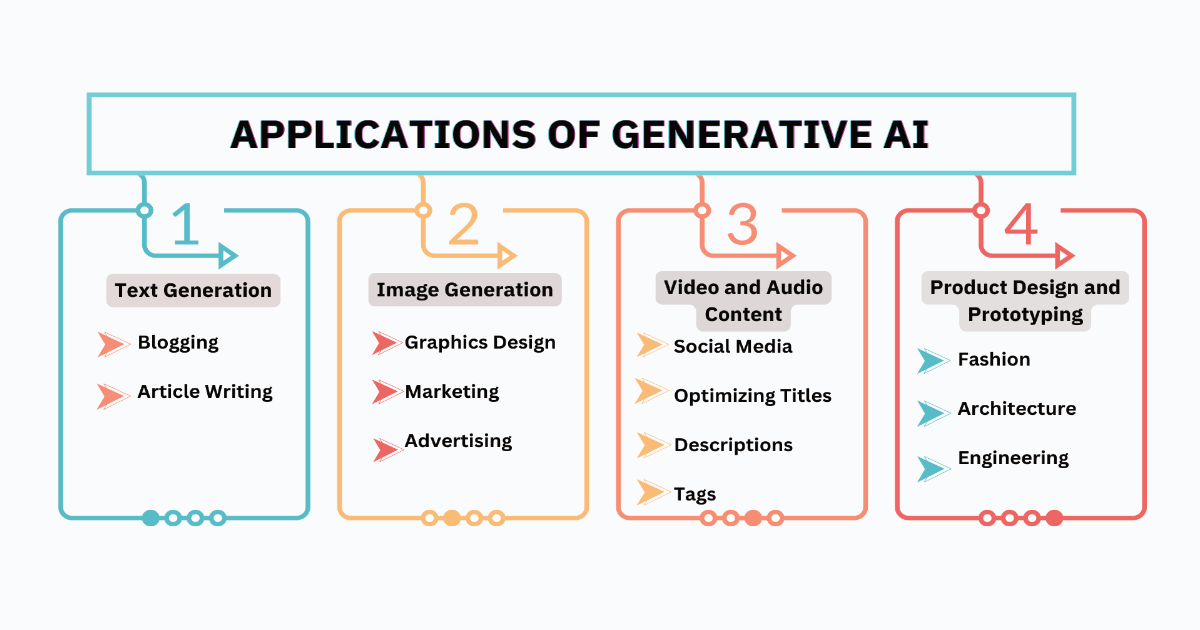
Applications of Generative AI
Generative AI isn’t limited to just one type of content. It is used in various industries for a wide range of applications.. Let’s break down a few examples:
A. Text Generation
One of the most prominent examples of Generative AI is its ability to create text. Tools like OpenAI’s GPT models are designed to write anything from short articles to full-length books based on a simple prompt. For SEO specialists, this can be a game-changer. Imagine being able to quickly generate high-quality blog posts, product descriptions, or social media captions, all with just a few clicks.
These AI-generated texts can help fill content gaps, save time on manual writing, and even assist with keyword optimization. By integrating relevant keywords into AI-generated content, SEO professionals can maintain a steady stream of fresh content that keeps search engines happy, potentially improving website rankings.
B. Image Generation
Beyond text, Generative AI can also create images. AI platforms like DALL-E (also developed by OpenAI) can produce images from textual descriptions. This could be particularly useful in fields such as graphic design, marketing, and advertising, where unique and customized visuals are often needed.
For SEO, custom visuals can enhance blog posts, social media content, or website design, making the content more engaging and shareable. When paired with SEO best practices like optimized alt-text and image compression, these visuals can boost website traffic.
C. Video and Audio Content
Generative AI is even making strides in video and audio content creation. AI tools can create voiceovers, music, and even animated videos based on text or simple inputs. As we move into an era where video content is becoming dominant, the ability to quickly generate high-quality videos can be invaluable for SEO professionals. Video content is particularly important for search engines, as platforms like YouTube are massive drivers of traffic and engagement.
By combining AI-generated video with strategic SEO practices, businesses can tap into video SEO by optimizing titles, descriptions, and tags, thereby driving more views and improving their search engine rankings.
D. Product Design and Prototyping
In industries like fashion, architecture, and engineering, Generative AI is being used to design new products or create prototypes. The AI can generate multiple design options based on specified parameters, allowing creators to choose the best version or mix elements from various versions. This is particularly helpful in fast-paced industries where innovation is key.
For SEO specialists working in these industries, this technology can help create high-value content about new product designs, enhancing the business’s online presence through blog posts, case studies, or industry insights.
SEO Opportunities with Generative AI
Generative AI presents numerous opportunities for SEO professionals to optimize their strategies and stay ahead of the competition. Here’s how you can leverage this technology to boost your SEO efforts:
1. Content Creation at Scale
One of the most time-consuming aspects of SEO is content creation. Generative AI can take over this task, allowing you to produce large amounts of content quickly and efficiently. From blog posts and landing pages to product descriptions, you can keep your website updated with fresh, optimized content that attracts both search engines and users.
Moreover, AI-generated content can be fine-tuned for specific audiences, helping you personalize your marketing strategies and create content that resonates with different customer segments.
2. Enhanced Keyword Optimization
AI can help identify trending keywords and generate content around them, giving you a competitive edge in search rankings. By inputting target keywords into an AI text generator, you can create articles that naturally integrate these keywords without sounding forced or robotic.
Additionally, AI tools can suggest variations of keywords, helping you expand your keyword strategy and rank for long-tail searches. Long-tail keywords are more specific, often less competitive, and can lead to higher conversion rates.
3. Improving User Experience
Generative AI can help create a better user experience, which is a key ranking factor for search engines like Google. For instance, you can use AI to generate personalized content for users based on their preferences or behavior on your website. The more relevant and engaging the content, the longer users are likely to stay, reducing bounce rates and improving overall site performance.
Additionally, AI-generated chatbots and customer service tools can provide instant responses to user inquiries, enhancing the overall user experience and keeping visitors on your site longer.
4. Visual and Video SEO
As mentioned earlier, Generative AI can create custom images and videos, which can be used to enhance your SEO strategy. By optimizing these visuals with proper alt-tags, file names, and metadata, you can increase the likelihood of ranking in search results for image and video searches. This is especially important as visual content continues to gain importance in SEO.
Videos, in particular, can drive significant traffic when paired with proper SEO strategies. Platforms like YouTube, which is the second-largest search engine after Google, can be a powerful tool when combined with AI-generated content. You can optimize AI-generated videos with SEO-friendly titles, descriptions, and tags to boost your rankings.
Challenges of Generative AI
While the potential of Generative AI is vast, it’s important to recognize its limitations and challenges:
1. Quality Control
The quality of AI-generated content depends entirely on the data used to train it. If the training data contains biases, inaccuracies, or outdated information, these issues can appear in the content it generates. For SEO specialists, this means AI-generated content should always be reviewed and edited by a human to ensure accuracy and relevance.
2. Plagiarism and Originality Concerns
Since Generative AI learns from existing data, there’s a risk that it might produce content that is too similar to the source material, raising concerns about plagiarism. It’s essential to use AI tools responsibly and to ensure that the content produced is unique and not a direct copy of someone else’s work.
3. Over-Optimization
Generative AI can sometimes over-optimize content for keywords, making the text feel unnatural or repetitive. While AI can be helpful for keyword integration, it’s important to strike a balance between SEO best practices and maintaining a conversational, human tone in your content.
4. Ethical Considerations
The use of AI to create content also raises ethical questions. For instance, should AI-generated content be disclosed as such? And what happens to the jobs of human writers and content creators as AI continues to evolve? These are ongoing debates that both creators and consumers need to consider as AI technology becomes more prevalent.
The Future of Generative AI in SEO
Generative AI is rapidly transforming various industries, and SEO (Search Engine Optimization) is no exception. As search engines become more sophisticated, the role of AI in optimizing content and strategies is growing significantly. Generative AI, which can create content, generate ideas, and enhance processes, has the potential to reshape the future of SEO by providing innovative solutions to content creation, keyword optimization, and user experience enhancement.
Personalized Content Creation
One of the most promising aspects of generative AI in SEO is its ability to create highly personalized content at scale. Today, personalization is key to engaging users and improving SEO performance. Search engines like Google increasingly prioritize user experience and relevance, meaning content tailored to the specific needs and preferences of users is likely to rank higher.
Generative AI tools can analyze user behavior, preferences, and search intent, then produce tailored content that speaks directly to those needs. This level of customization was previously limited to manual efforts and required significant resources, but AI allows businesses to scale these personalized experiences. For example, AI can generate dynamic landing pages or product descriptions tailored to different audience segments, which improves the likelihood of ranking for diverse keywords and enhances user engagement.
Keyword Optimization and SEO Strategy
AI has already shown significant promise in keyword optimization, but generative AI can take it to the next level. Traditionally, SEO professionals would spend hours researching keywords, analyzing trends, and creating content to fit within specific keyword strategies. However, generative AI can automate this process by analyzing vast amounts of data, including search trends, competition, and user behavior, and then generating optimized content for those keywords.
For example, generative AI can analyze real-time data and generate content that is both relevant and optimized for the most current search trends. This dynamic approach can help websites remain competitive and maintain their search rankings in an ever-evolving SEO landscape. Moreover, AI tools can recommend long-tail keywords and niche topics that may have been overlooked by traditional methods, giving businesses a competitive edge.
Enhanced User Experience
User experience (UX) plays a vital role in today’s SEO strategies. Search engines favor websites that provide a seamless, informative, and engaging experience for users. Generative AI can enhance UX by personalizing content and simplifying navigation based on user preferences. It can also streamline the creation of chatbots and virtual assistants, improving customer service and engagement.
For instance, AI-driven chatbots can respond to frequently asked questions, provide recommendations, or help users navigate a website. These AI systems can generate tailored responses, improving the overall user experience, which in turn positively impacts SEO rankings. The more relevant and helpful the content generated by AI is, the more likely users are to stay on a website, reducing bounce rates and signaling to search engines that the website provides valuable content.
AI-Generated Visual and Video Content
As visual search and video content continue to gain popularity, generative AI is poised to play a crucial role in producing high-quality visuals and videos optimized for SEO. AI can generate relevant images, infographics, and videos based on trending topics or keywords, improving the visibility of a website in search engine results pages (SERPs).
Moreover, video content is becoming an increasingly important factor in SEO. Generative AI tools can automate video creation, adding subtitles, titles, and descriptions that are optimized for search engines. This helps improve rankings, as video content is more engaging and shareable, increasing the chances of backlinks and social shares, both of which are critical for SEO success.
The Ethical Implications of AI in SEO
While the benefits of generative AI in SEO are clear, there are also ethical concerns that need to be addressed. The potential for AI to flood the internet with low-quality, AI-generated content is one such concern. Search engines are becoming smarter at detecting AI-generated.

